
Join The Sandwich Universe co-hosts (and longtime BFFs) Molly Baz and Declan Bond as they dive deep into beloved, iconic sandwiches.
Listen NowPopular on Food52
Continue After Advertisement
24 Comments
Susan
September 29, 2014
FYI: I don't know if this holds true for anyone else, but I'm finding that the Japanese eggplant I grew this summer (and which keeps on producing!) keeps better in the fridge if I put them in a very loosely closed plastic bag. By loosely closed, I mean a single twist then fold under - nothing complicated, nothing tight.
Alexandra S.
October 1, 2014
Good to know! I did find that the Japanese eggplant I left out tired more quickly than the others — the skin started softening a bit. I'll try the fridge next summer.
Susan
September 22, 2014
Reading Alexandra's articles and all the comments has give me lots of ideas for dinner ... Perhaps a spin in eggplant and tomato gratin using the dollop of fresh pesto sitting in my fridge ... Mmmmmm.
Alexandra, on another note: do you have plans for a piece on butternut (or any winter) squash? I could use your help. A volunteer butternut took over my compost heap this summer and I now have a couple dozen plus curing in my barn aisle.
Alexandra, on another note: do you have plans for a piece on butternut (or any winter) squash? I could use your help. A volunteer butternut took over my compost heap this summer and I now have a couple dozen plus curing in my barn aisle.
Alexandra S.
September 23, 2014
Yes! That sounds amazing. Chez Panisse vegetables has a wonderful eggplant, tomato and onion gratin that would only be made more irresistible with a dollop of pesto. Yum.
And yes, of course! Butternut squash will definitely be an upcoming subject here. I am jealous of your supply! It is already so cold here in upstate New York, and I have been craving soup. I have had my eye on two soups in particular here: https://food52.com/recipes/24205-butternut-squash-soup-with-miso-and-coconut
and https://food52.com/recipes/14799-creamy-butternut-squash-soup-with-sherry
Each will make a small dent in your supply, but maybe you could make a couple of double batches?
And yes, of course! Butternut squash will definitely be an upcoming subject here. I am jealous of your supply! It is already so cold here in upstate New York, and I have been craving soup. I have had my eye on two soups in particular here: https://food52.com/recipes/24205-butternut-squash-soup-with-miso-and-coconut
and https://food52.com/recipes/14799-creamy-butternut-squash-soup-with-sherry
Each will make a small dent in your supply, but maybe you could make a couple of double batches?
Susan
September 26, 2014
What luscious soup recipes, and I'm a huge fan of making big batches. I look forward to more!
Taking a tip for a sister (or maybe my daughter?), I've fallen into the habit of freezing leftover soups and stews in single servings in ziplock freezer bags. They're a godsend on those nights I stagger in from work too beat or busy to cook dinner from scratch. Plus the freezer bags stack like shingles, which is kind of cool. :)
Taking a tip for a sister (or maybe my daughter?), I've fallen into the habit of freezing leftover soups and stews in single servings in ziplock freezer bags. They're a godsend on those nights I stagger in from work too beat or busy to cook dinner from scratch. Plus the freezer bags stack like shingles, which is kind of cool. :)
Janne B.
September 20, 2014
If you are grain-free what do you suggest as subs for flour and bread crumbs?
Alexandra S.
September 21, 2014
This is definitely not my expertise, so if anyone else in this thread has any ideas, please jump in, but I'm wondering if you could use coconut flour in place of wheat flour? I've never used this, so I hope the flavor isn't too strong bc it really isn't a natural pairing here, but that could work. And for the breadcrumbs, maybe some sort of toasted and ground nut? Almonds or walnuts? I wish I knew more!
Kayleigh B.
September 19, 2023
For frying, crushed corn flakes work pretty well for a panko like texture. ☺️. You can definitely use coconut flour and it’s not a bad substitute but can come out a little dry.
mrslarkin
September 20, 2014
I do a similar eggplant parm, but I don't flour the rounds. I salt and drain the thick-ish rounds, then bake on parchment-lined sheet pans until nice and soft. Then, build it, lasagne-style, with grated mozz, some parm, and Marcella's sauce. Bake till bubbly. Makes great leftovers.
Alexandra S.
September 21, 2014
Yum, so do you skip the breading altogether? Love the sound of this.
Nicolina
September 19, 2014
Yes, true eggplant is like a sponge and will absorb tons of oil if you fry it, that is why I do not fry my eggplant any more. Instead after I have sliced and salted and let it drain for a few hours, I rinse it out and pat it dry with paper towel. Then line a cookie sheet with parchment paper. Place slices of eggplant and brush them with olive oil. Broil till golden brown, then flip slices over and repeat the process. This makes a great preparation for proceeding with your recipe of eggplant parmegiana. As for Angela's tomato sauce, no recipe needed. If you have a ton of tomatoes, quarter them, boil them for about 1/2 hour with a little basil and cook till slightly condensed most of the water has evaporated. Then pass them thru one of those European strainer and you have basic tomato sauce.
Alexandra S.
September 19, 2014
Of all the egglant cooking methods I tried these past few weeks, I did not get to broiling, and I'm glad you brought this up, because it is a great technique. Deborah Madison gives guidance for broiling in her Vegetarian for Every Day cookbook, which I have been loving this summer, and she suggests a ton of sauces to serve with the broiled eggplant rounds — seems like a really handy technique. Thanks for bringing this up! Also, do you not bread your eggplant for eggplant parmesan? Would love to try that.
Angela
September 19, 2014
Any recs for homemade tomato sauce recipes? Am particularly interested in the one pictured (of course), for this weekend when we load up with cheap tomatoes in bulk at the market.
Alexandra S.
September 19, 2014
Hey Angela, Nicolina gave a great idea for a simple sauce above, but if you are looking for more specific instructions, the Marcella Hazan tomato sauce is completely delicious, also really simple: https://food52.com/recipes/13722-marcella-hazan-s-tomato-sauce-with-onion-and-butter That's what I made here. Once you make the sauce once or twice, you'll never have to look at the recipe again. It's kind of life changing.
Two T.
September 19, 2014
This looks great! I love the oven fry method. Roasting is hands down a game changer with the eggplant. Last night I made a simple martha rose shulman/ny times miso glazed eggplant that used so little oil and that is great for those without a grill. Just roast a long Japanese eggplant halved, cut side down, smear with the miso sauce and broil a minute or two. Must try your parm.
Alexandra S.
September 19, 2014
Awesome! I have a few Japanese-like eggplant on hand that I need to eat immediately. I bought them at the farmers' market and apparently they are called finger eggplants. They are long and slender, and I think will do the job. I have just discovered the wonderful world of miso sauce, but I really like the sound of this roasting-then-broil method. I was being lazy and used a stove-top grill pan, which didn't work so well, though the sauce was delicious. Going to check out MRS's recipe now. Thanks!
Sophie V.
September 19, 2014
Hi Alexandra. About storage: when I don't get to use eggplant in say, two to three days I usually will grill it. That way, half-prepared, it stores much better in the fridge.
Alexandra S.
September 19, 2014
So smart! I have been learning so much about storing vegetables these past few months. So many vegetables that I thought were fine to store in the fridge — peppers, eggplant, basil for example — I've realized shouldn't be. But cooking does seem to do something to increase the storage longevity. Thanks for the great tip!
hardlikearmour
September 19, 2014
Diana Henry's Salt Sugar Smoke has a recipe for Grilled Eggplants in Olive Oil that is simple and delicious. Slice, salt, rinse, dry, then grill the eggplants. Heat olive oil and thyme in a saucepan, then add the eggplants and a little white wine vinegar. Bring to a boil, then immediately remove from heat. Once cool pack the eggplant slices into a jar and cover with the strained olive oil.
Alexandra S.
September 19, 2014
Yum! So interesting. So, is this something you eat more at room temperature? As an hors d'oeuvre or in a salad or sandwich? I have so many eggplant to still play around with :)
hardlikearmour
September 19, 2014
Yep. Room temperature as part of an antipasti spread. I've eaten it with bread and lemony-herb feta as a sort-of sandwich.
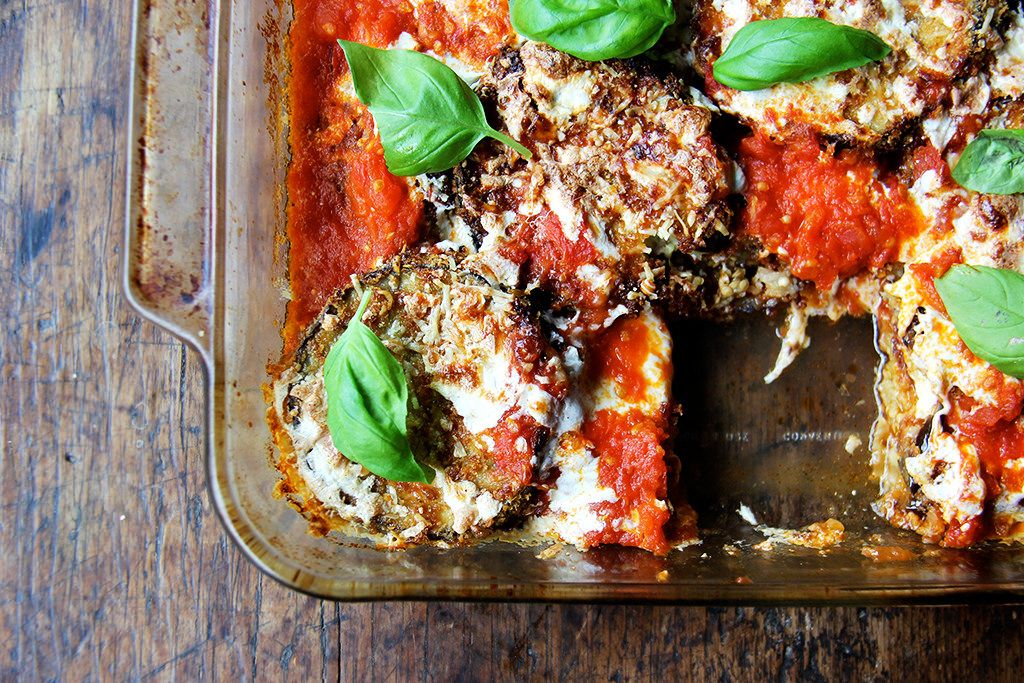
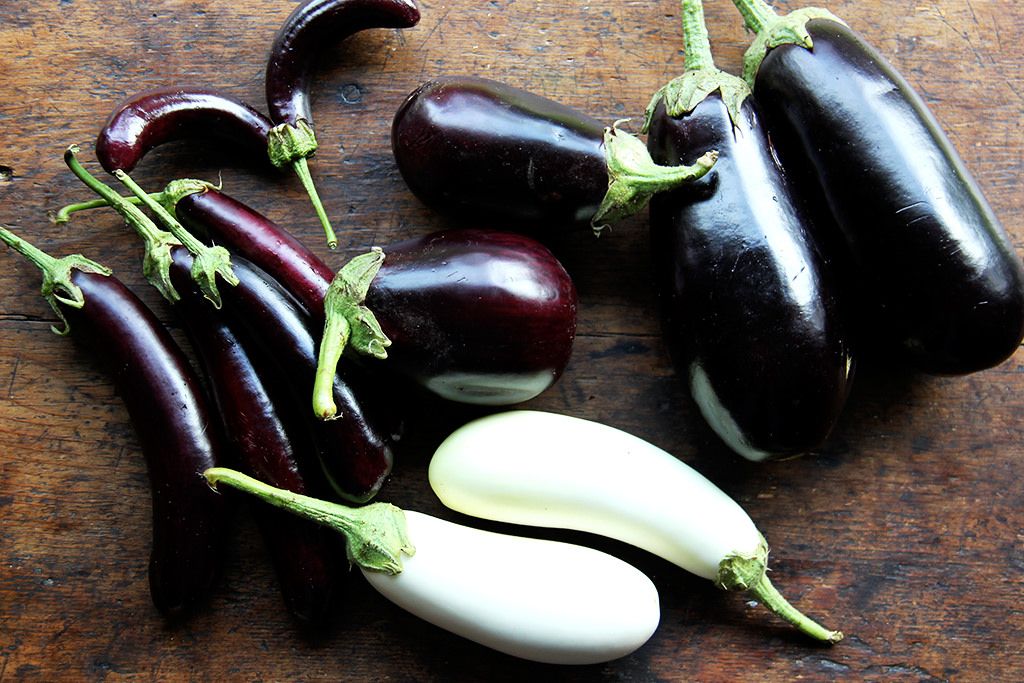
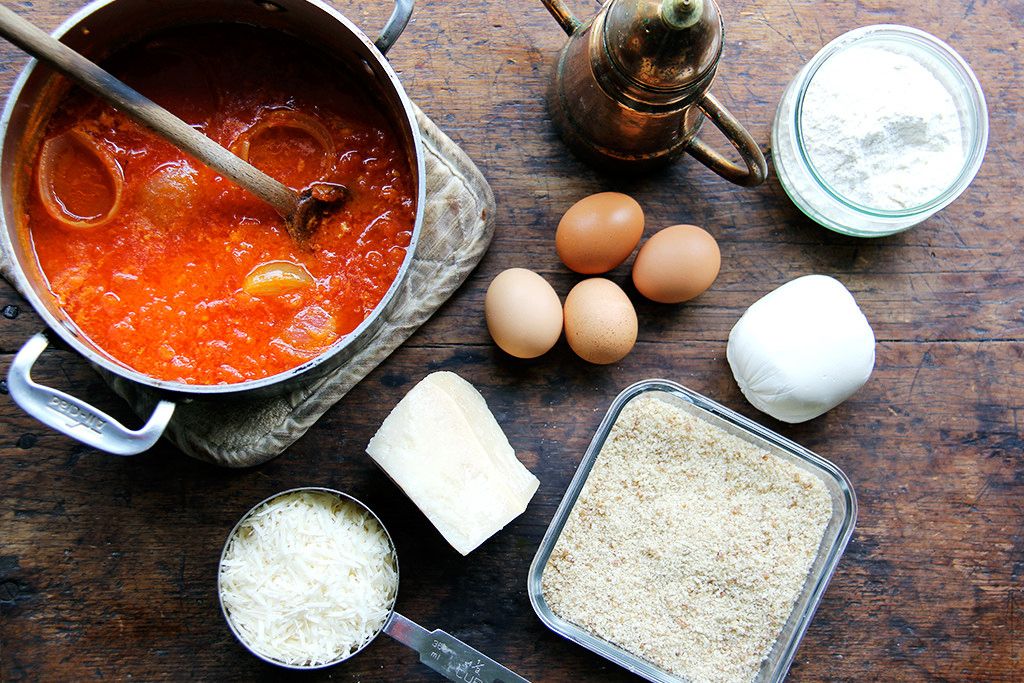

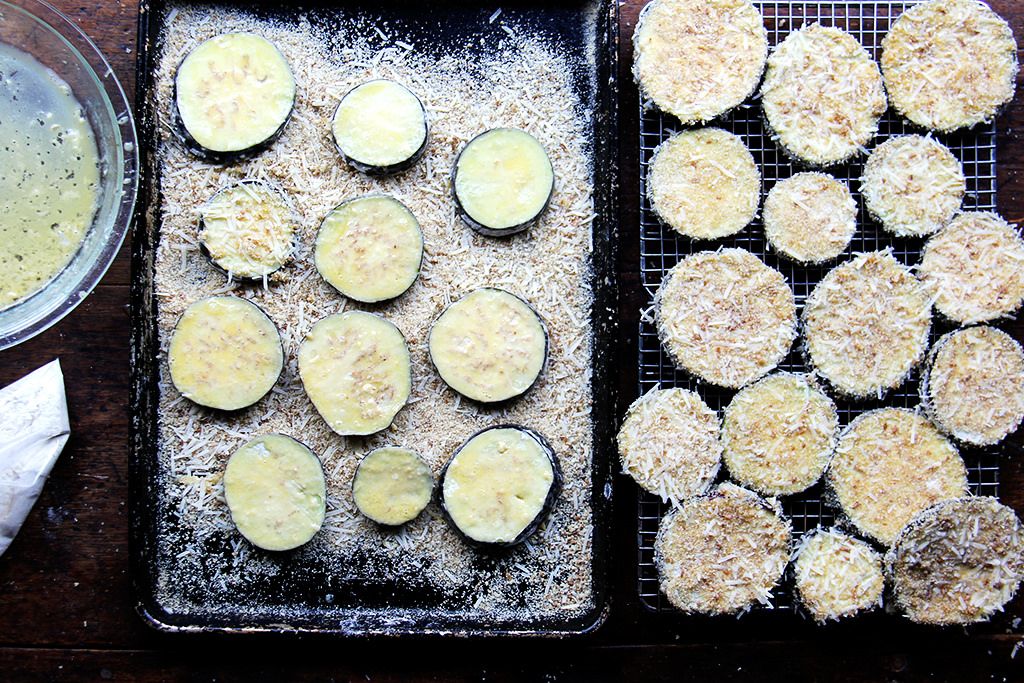
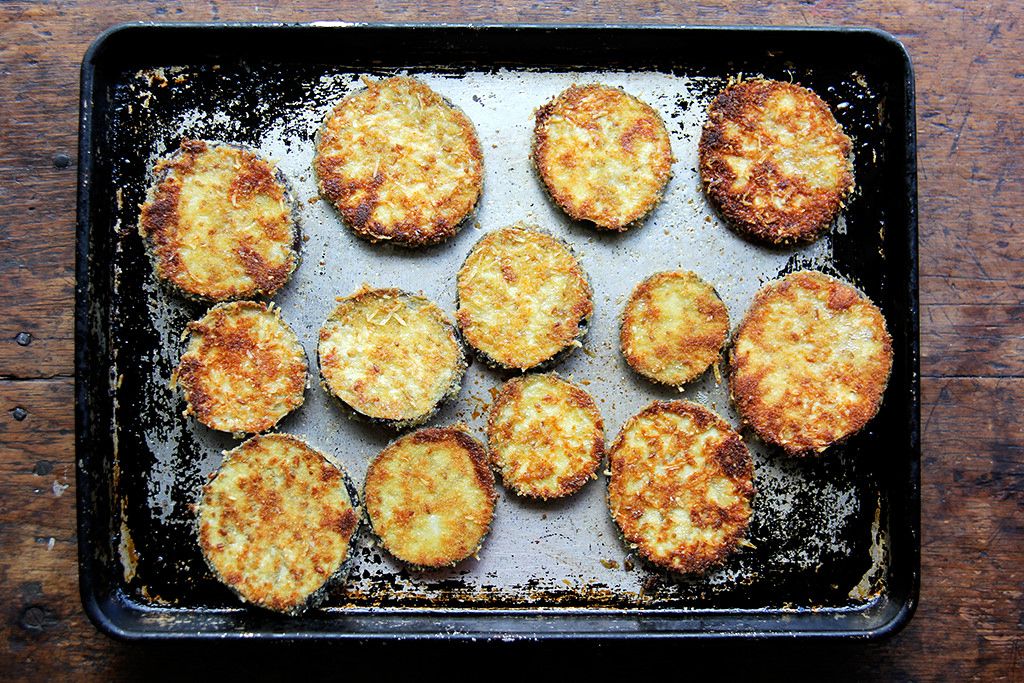
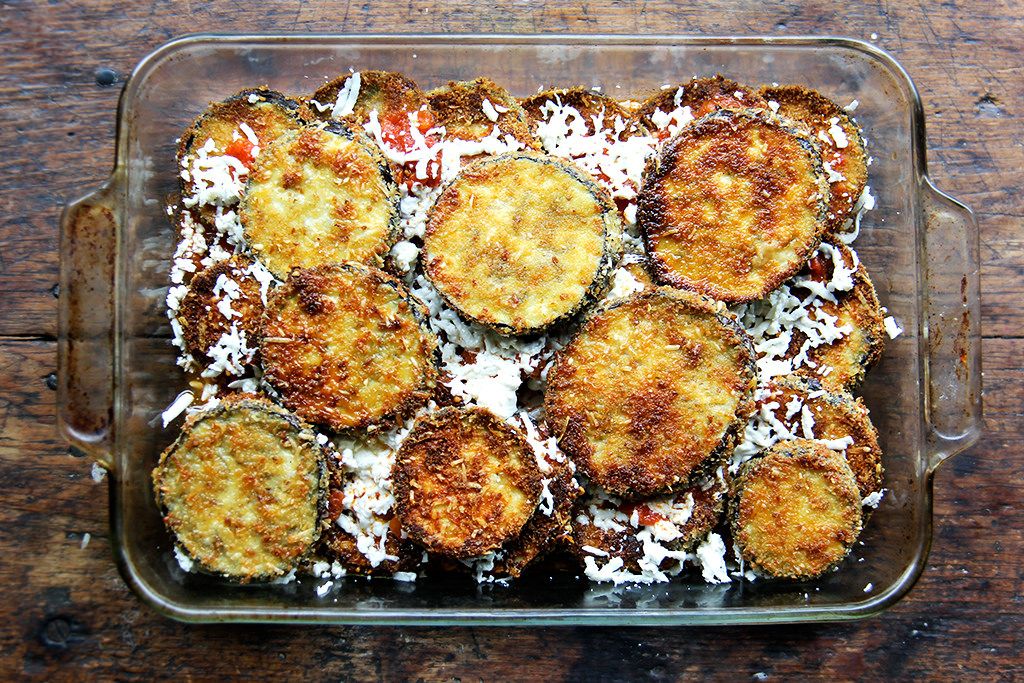
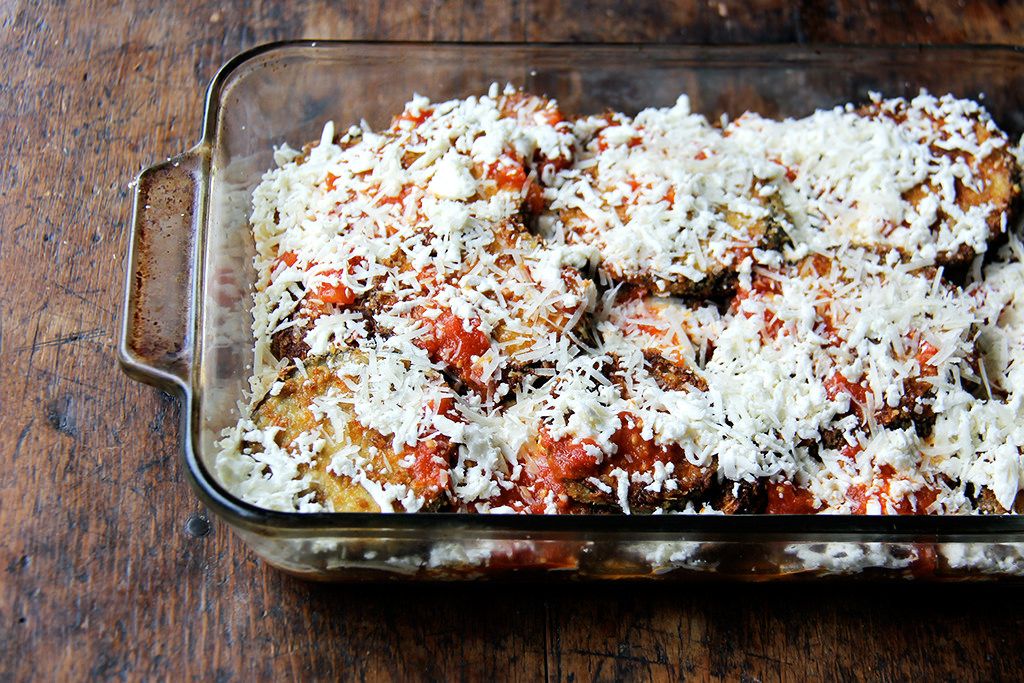

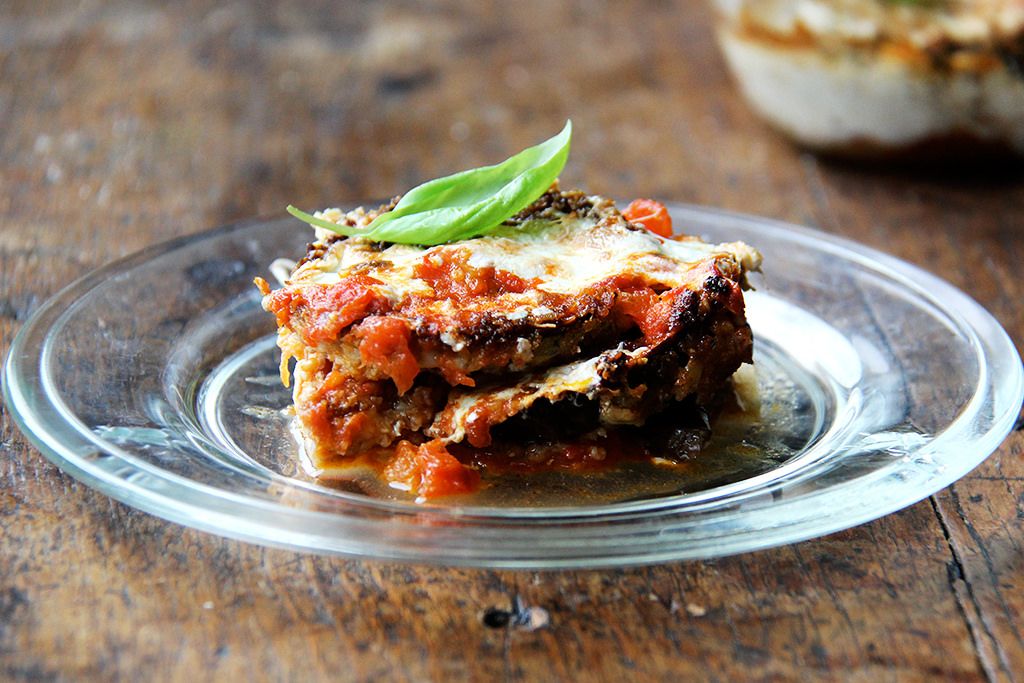

See what other Food52 readers are saying.